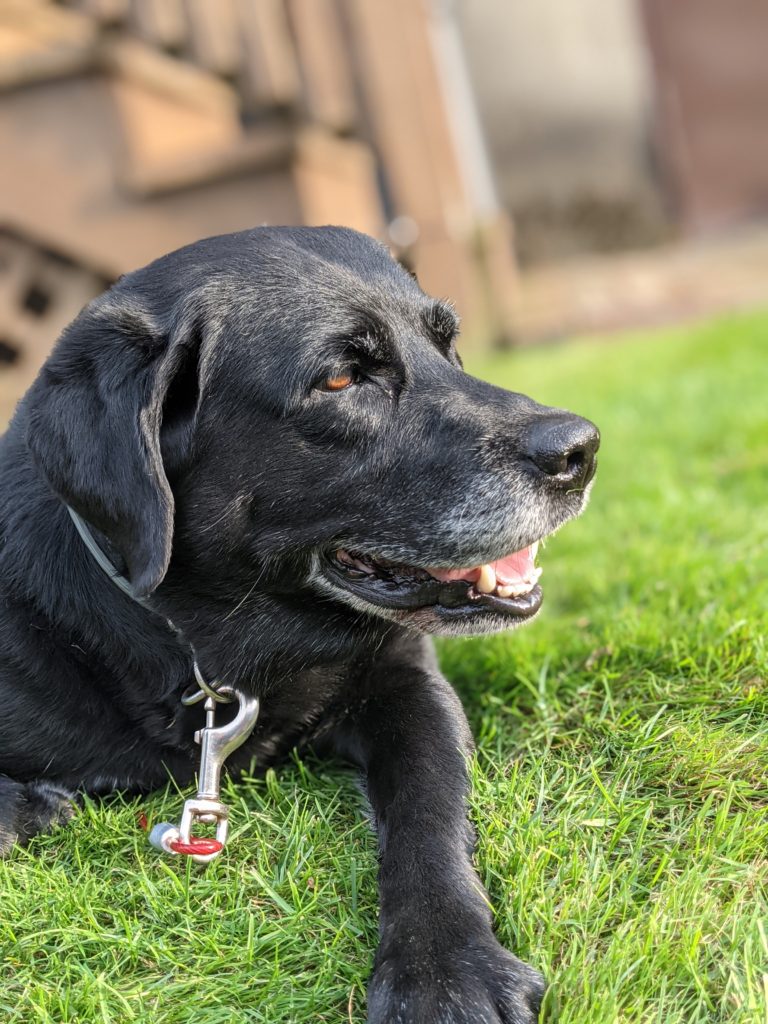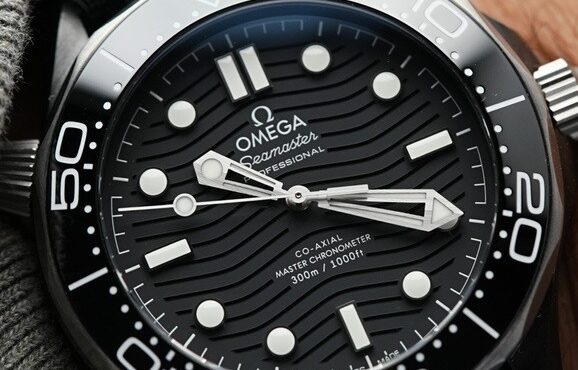Launched in 1948 to coincide with its 100th anniversary, the Omega Seamaster line is the oldest in the current collection.
Loosely based on the waterproof wristwatches made for the British military at the end of World War II, the Seamaster was first intended as a robust yet elegant watch for active individuals who wanted a watch for “town, sea and country.”
The first watches were equipped with self-winding movements in both standard and chronometer versions.
The Seamaster’s first diving-record was achieved in 1955, when diver Gordon McLean reached a depth of 62.5 metres in Australia.
The key to these watches was the O-ring gasket. At this time, water-resistant watches generally used lead or shellac gaskets which were susceptible to temperature changes. The Seamaster, however, used a rubber gasket of the type that had proven its abilities in submarines during the Second World War. In fact the Seamaster was independently tested by the Swiss Laboratory for Watch Research which subjected 50 cases to tests at a simulated depth of 60 meters. After temperature changes of -40° C to 50° C in quick succession, the cases showed no sign of water infiltration.
Omega Seamaster 300
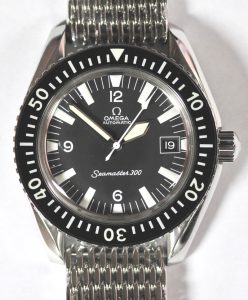
The following year saw the introduction of the “Professional” range of Seamaster watches with the launch of the Seamaster 300.
The Seamaster 300 has been the choice of many of the world’s most famous explorers and divers over the years. Jacques-Yves Cousteau’s team used the Seamaster 300 during its “Precontinent II” experiments in the Red Sea in the summer of 1963 to prove that divers could live in a submerged saturated gas environment for long periods without adverse effects.
The Seamaster 300 would also go on to be the watch of choice of military divers around the world, including the British Special Boat Service among others.
Marine 1932
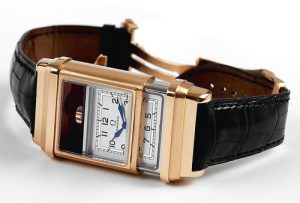
The 1932 OMEGA “Marine” accompanied the father of modern diving, Yves Le Prieur, on many of his dives and American explorer Charles William Beebe took the OMEGA “Marine” to a depth of 14 metres as early as 1936.
Seamaster 600
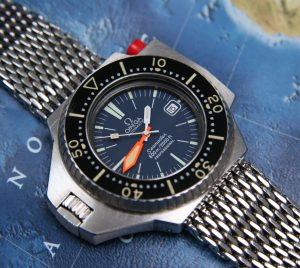
The ever-increasing depths at which divers were working led to the creation of the famous “Ploprof” (Plongeur Professional or “professional diver” in English) Seamaster 600, launched to the public in 1970 after four years of intensive research and testing. This watch proved to be more than equal to the new challenges faced by professional divers.
COMEX, a French underwater research and exploration company, used the Seamaster 600 extensively during test dives in the late 1960s and in September 1970, the watch accompanied the three divers of Janus II. During this dive the divers spend four hours per day over eight days in the water and set a world record for underwater exploration at a depth of 253 meters in the Ajaccio Gulf in France. Later Cousteau’s divers would use the watches off the coast of Marseille during a set of experiments to test the effects on divers working at depths up to 500 meters.
Seamaster 1000
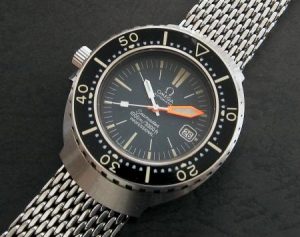
The “big brother” of the 600, the Seamaster 1000, was launched in 1971. It was created and tested alongside the 600 and was also tested and used by the same divers. The highlight of the 1000’s early exploration career was undoubtedly its dive on IUC’s (International Underwater Contractors) submarine “Beaver Mark IV” where the watch was attached to the submarine’s robotic arm to test the effects on the crystal at a depth of 1000 meters.
All of the lessons learned during the testing of these watches would be used across the entire Seamaster “Professional” range and went a long way toward reinforcing the Seamaster’s position as the divers’ watch of choice.
Other than recording and making diving history, the Seamaster line was also the home for much of the brand’s research into alternative case materials and treatments that included titanium in the late 1960s, tungsten and PVD in the early 1970s, ceramics in the late 1970s and forged carbon in the 1980s; many of the designs in these exotic materials actually made it into production.
Other Seamaster dive models
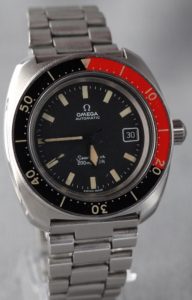
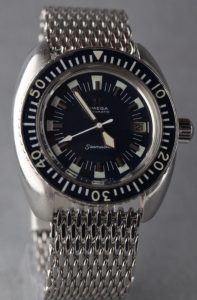
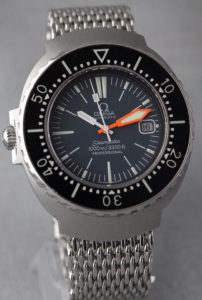
CHARLEY PHOTO OF THE WEEK: Charley had a Labor Day photoshoot before her friends came over for the barbecue.
